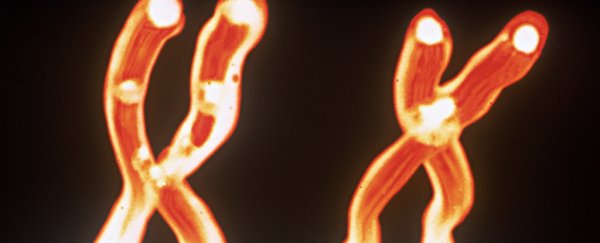In humans and other animals, sex is usually determined by a single gene. However, there are claims that in some species, such as platyfish, it takes a whole 'parliament' of genes acting together to determine whether offspring develop as a male or female.
In a new analysis, we took a close look at these claims. We found they describe abnormal situations, such as hybrids between two species with different sex-determining systems, or when one sex system is in the process of replacing another.
We conclude that sex is normally determined by a single gene. Evolutionary theory suggests this is the most stable state of affairs, as it ensures a 1:1 ratio of male and female animals.
The human 'master switch' for sex
In mammals, females have two X chromosomes, whereas males have an X and a Y. The Y chromosome bears a gene called SRY, which acts as a "master switch": an XY embryo, carrying SRY, develops into a biological male, and an XX embryo, lacking SRY, develops into a biological female.
This makes the inheritance of sex simple. Females make eggs, which carry a single X chromosome, while males make sperm, half carrying an X and half carrying a Y.
Random fusion of eggs and sperm delivers half XX females and half XY males, for a 1:1 sex ratio.










